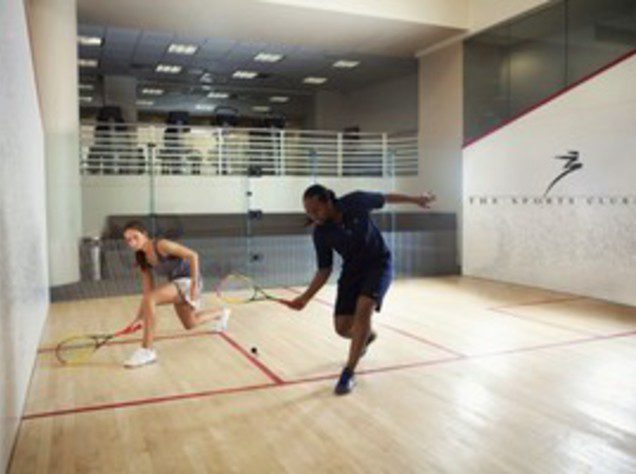Squash: Get on the Court!
Although you may not live in an area where squash is a popular sport for young adults, finding a squash court at a nearby athletic center or club is easier than one would imagine. During times where I call a friend and suggest they come play a few games of squash with me, it is the ones who have never played before who are extremely hesitant. For some reason, there is a misconception that learning to play squash takes years of practice. In reality, if you are able to have some patience and free time to get the hang of it, it can be easy.
Before You Go!
The first thing a beginner squash player needs to know is that squash can be similar to tennis in the sense that you are using racquet and a ball, and a similar swinging motion. However, squash differs because the ball is much smaller, heavier, and doesn’t bounce much unless the ball is very heated. In addition to this, you must have shoes without a black sole and eye protection such as goggles. Wearing this protection is mandatory for almost every pro tournament worldwide, and if you are going on the court it must be worn. In terms of your shoes, getting a good pair of squash shoes with plenty of shock absorption is important.
The Squash Ball:
Whether you are a professional squash coach, player, or a beginner, the first thing to do when you get on the court is to warm up the ball. Without warming up the ball, the ball barely bounces. Techniques to warm up the ball are to either place the ball under your shoe and roll it around about 25 times or to hit the ball against the wall a dozen times.
Once you begin to notice that the ball is speeding up and bouncing a bit, you can start to practice your swing and contact with whichever ball you chose to use.
Dunlop provides the squash world with four types of balls based on ability or whether you are playing singles or doubles. The beginner ball, which has a blue dot on it and is slightly oversized, is a ball that bounces much easier than a pro or competition ball. Until you are able to familiarize yourself with the way the ball bounces, stick to the beginner ball to finalize your swing. After hitting consistency against the front wall, some people use progress ball, which is made specifically for intermediate players. If you feel that you are improving quickly, you can begin using the pro ball (double yellow dot) or the competition ball (single yellow dot) to play a real match!
Get the Swing of it:
Now that you know the logistics of getting onto the court, you need to know how to hit! The main thing to remember when getting into squash is that, as a beginner, you want to avoid trying to hit the ball with all your strength. After getting the ball to the wall and back, it is most important to position your feet and set up for the next ball your opponent hits. With squash , you can hit the ball virtually anywhere as long as it is within the lines, doesn’t hit the ceiling, and only hits the floor and front wall once before your opponent is able to hit the next ball. If you are struggling with timing the ball and racquet, try taking the ball in the air for a volley and hit the ball away from your opponent to make them run. Hit each ball as close to the corners and side walls as possible, because it increases the difficulty for your opponent to hit the next ball. In terms of backhands, most squash players use a one-handed backhand when the ball moves onto the left side of the court. Moving your feet quickly and taking small steps is a HUGE aspect of the game, because your opponent can call a “let” and gain the point as a “stroke” if you were in their way and could have moved. Stay out of your opponent’s way and you will have fun while you play!
CoachUp is the safest and easiest way to find a private sports coach. With our 100% money-back guarantee and vetted coaches, anyone can achieve their full athletic potential. Find your perfect private coach today and become the athlete you want to be!
How useful was this post?
Click on a star to rate it!
Average rating 5 / 5. Vote count: 1
No votes so far! Be the first to rate this post.



